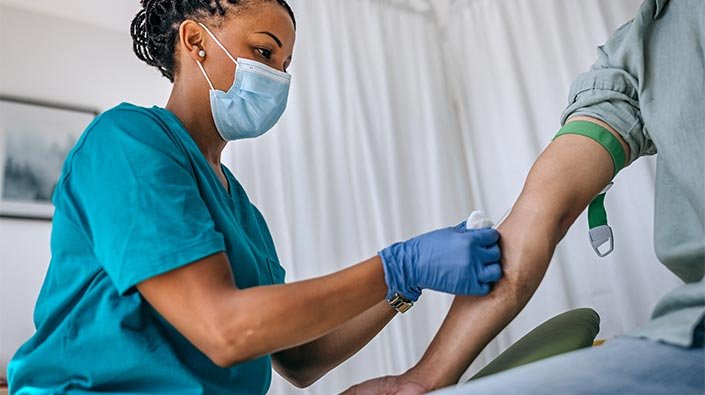Addressing Challenges in Hospital Supply and Equipment Management for Phlebotomy Services in Home Healthcare Settings
Summary
- Hospitals are facing challenges in managing their supply and equipment due to the growing demand for phlebotomy services in home healthcare settings.
- The shift towards more home-based care is putting pressure on hospitals to ensure that they have enough supplies and equipment to meet the needs of patients outside of the traditional healthcare setting.
- Efficient inventory management, collaboration with home Healthcare Providers, and implementing technology solutions are key strategies to address the challenges in hospital supply and equipment management.
The Impact of Increased Demand for Phlebotomy Services in Home Healthcare Settings
The healthcare landscape in the United States is evolving rapidly, with an increasing emphasis on providing care outside of traditional hospital settings. One of the areas experiencing significant growth is home healthcare, where patients receive medical services in the comfort of their own homes. As more individuals opt for home-based care, the demand for phlebotomy services in these settings has also been on the rise.
Challenges Faced by Hospitals
This shift towards home healthcare has presented several challenges for hospitals, particularly in managing their supply and equipment. Some of the key challenges include:
-
Increased Demand for Supplies: Hospitals need to ensure that they have an adequate supply of Phlebotomy Equipment, such as needles, tubes, and specimen containers, to meet the needs of patients receiving care at home.
-
Equipment Distribution: As more patients opt for home-based phlebotomy services, hospitals must find efficient ways to distribute equipment to home Healthcare Providers and ensure that they have what they need to deliver quality care.
-
Inventory Management: Managing inventory becomes more complex as hospitals need to keep track of supplies both within the hospital premises and those distributed to home healthcare settings. This requires robust inventory management systems and processes.
Strategies to Address These Challenges
To effectively address the challenges arising from the increased demand for phlebotomy services in home healthcare settings, hospitals can adopt the following strategies:
-
Efficient Inventory Management: Implementing sophisticated inventory management systems that allow hospitals to track supplies in real-time, predict demand, and streamline the Supply Chain process.
-
Collaboration with Home Healthcare Providers: Establishing strong partnerships with home Healthcare Providers to understand their specific needs and work together to ensure seamless supply and equipment management.
-
Technology Solutions: Embracing technology solutions such as RFID tracking, automated reordering systems, and cloud-based inventory management software to improve efficiency and transparency in Supply Chain management.
The Future of Hospital Supply and Equipment Management
As the demand for phlebotomy services in home healthcare settings continues to grow, hospitals will need to adapt their supply and equipment management strategies to meet the evolving needs of patients. By prioritizing efficient inventory management, fostering collaboration with home Healthcare Providers, and leveraging technology solutions, hospitals can overcome the challenges posed by the changing healthcare landscape and deliver quality care to all patients, irrespective of where they receive treatment.

Disclaimer: The content provided on this blog is for informational purposes only, reflecting the personal opinions and insights of the author(s) on the topics. The information provided should not be used for diagnosing or treating a health problem or disease, and those seeking personal medical advice should consult with a licensed physician. Always seek the advice of your doctor or other qualified health provider regarding a medical condition. Never disregard professional medical advice or delay in seeking it because of something you have read on this website. If you think you may have a medical emergency, call 911 or go to the nearest emergency room immediately. No physician-patient relationship is created by this web site or its use. No contributors to this web site make any representations, express or implied, with respect to the information provided herein or to its use. While we strive to share accurate and up-to-date information, we cannot guarantee the completeness, reliability, or accuracy of the content. The blog may also include links to external websites and resources for the convenience of our readers. Please note that linking to other sites does not imply endorsement of their content, practices, or services by us. Readers should use their discretion and judgment while exploring any external links and resources mentioned on this blog.
